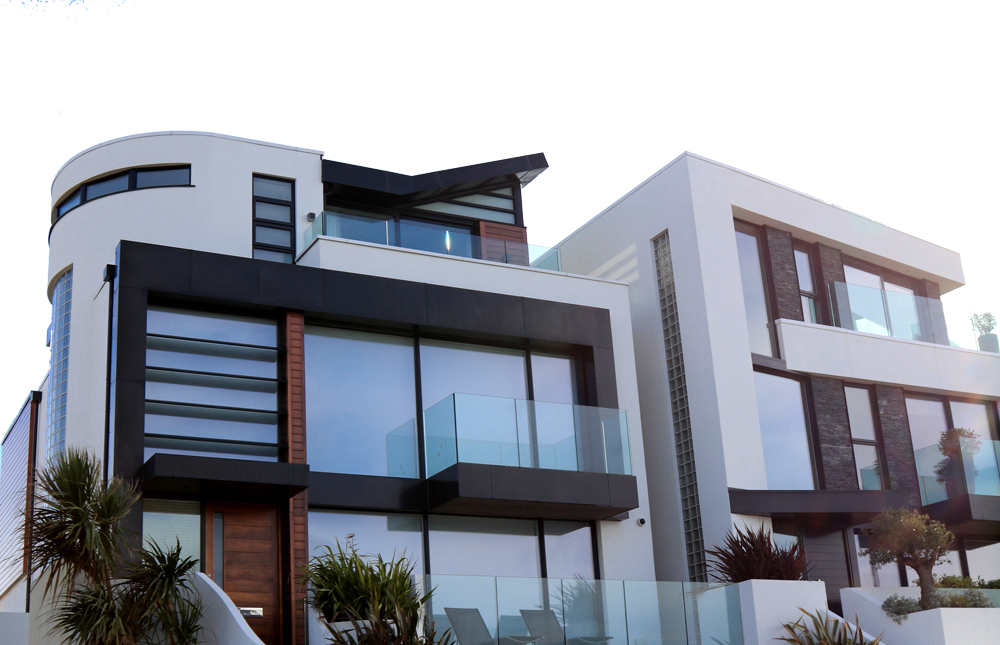NZEB | Nearly Zero Energy Building

NZEB REFERS TO BUILDINGS WHICH HAVE A VERY HIGH ENERGY PERFORMANCE RATING WHERE THE NEARLY ZERO OR VERY LOW AMOUNT OF ENERGY REQUIRED SHOULD BE COVERED, TO A VERY LARGE DEGREE, BY ENERGY FROM RENEWABLE SOURCES INCLUDING ENERGY FROM RENEWABLE SOURCES ON-SITE OR NEARBY.
Recently Lord Callanan, the UK’s Business and Energy Minister, during the sustainability Energy Association (SEA) annual reception that was held at the House of Commons on 23 May has said the country’s transition towards new, low carbon, heating systems will be a “gradual transformation” in the hopes of avoiding the chaos ensued by an industry-wide revolution. Lord Callanan also said heat pumps were a sought-after industry in terms of both the commercial demand along with the installers needed to deliver them. With the growing demand for the technology in the sector, Lord Callanan has said he expects to start to see a clear shift of use from traditional methods of heating once the government moves to support builders and homeowners via grants and schemes aimed to help soften the blow of the initial investment.
Heat pumps going forward will be a vital solution in helping to ease the UK’s unwavering reliance on fossil fuels. Lord Callanan said that he did expect to start to see a clear shift in UK heat pump use driven by a range of measures the government is introducing, along with some legislative reforms. The NZEB guidelines aim to maximise the performance of the raw building materials which include floors, walls, roofs and windows. All these individual components will work together to achieve much higher thermal properties compared with conventional materials as well as achieving U-values as low as 0.13 W/m2K.
HOW DO I ACHIEVE RATING?
We have put together a simple 4 step guide on what you need to think about before commencing your build to help you achieve the most energy-efficient home you can.
 THE RAW MATERIALS
THE RAW MATERIALS
Your first port of call for any build is to meet with your architect. It is at this meeting where design styles, size of the build and many other factors are talked about including the raw materials which will be used.
The construction industry, like many others, is continuously innovating. Materials are constantly being improved, manufacturing processes refined and new products being launched onto the market.
Make sure at this early stage you have a good understanding of the technologies and materials available many of which offer superior thermal, weight and thickness properties to name a few.
 HEATING & COOLING
HEATING & COOLING
More and more people are now looking to use renewable fuels to heat their homes. Air-2-Water Heat Source Pumps are quickly becoming the go-to solution.
These compact units, even in their largest form, are easy to locate and install and are also very easy to service. Daily life with them is also easy due to their automation and quiet running design.
Conventional boilers heat your water system to around 55-70° whereas heat pumps are low-temperature systems.
Once installed you can set your heating to maintain your own desired comfort levels. Any heated water is at a usable temperature, so there is no chance of children being scolded by unnecessarily hot water.
That being said; at the point of commissioning you can tell the system when to do a “pasteurisation cycle“ which does bring up the water to 65 in order to kill off bacteria thus mitigating the chance of viral diseases such as legionaries.
Compared with conventional boilers one of the biggest additional benefits of using a heat pump is the fact that when used with a fan coil (a wall-mounted smart unit which resembles a radiator) you also obtain the ability to cool your home in the summer months. One of the biggest problems modern builds face is solar gain and cooling due to the high levels of airtightness and insulation.
 AIRTIGHTNESS
AIRTIGHTNESS
All new builds require an airtightness test designed to measure the air lost through cracks or poorly sealed joints, known as ‘Air Leakage‘.
It is a simple process which usually takes 20-30 minutes.
A typical pass would usually be between 3-5 m3h-1m-2. Anything lower is acceptable but will require a form of mechanical ventilation to avoid dampness and condensation being an issue.
Ways to mitigate air loss are to make sure doors seal tightly with no gaps around the door or the frame itself. Around windows make sure a good sealant, tape or caulking, has been applied.
 MECHANICAL VENTILATION
MECHANICAL VENTILATION
NZEB is calling for some form of mechanical ventilation in new builds as a standard. Homes are built so airtight now it is necessary to provide a flow of air mechanically through the house.
There are many options available at all budget levels but they basically can all be categorised in 3 ways.
- MVHR (Mechanical Ventilation with Heat Recovery)
- MEV (Mechanical Extract Ventilation)
- PIV (Positive Input Ventilation)
MVHR is the best ventilation solution available but it is also the most expensive out of the three options. A unit, mounted in a loft space or service area is ducted out to manifolds which feed plenum’s in each room via their own 75mm ducted feed. The unit itself is ducted outside by wall vents or roof vents to draw in fresh air which then tempers the heat from the warm stale air being extracted. The main benefit of the unit is the distribution of the heat equally around the home as well as removing bad smells from WCs or kitchens.
MEV is one of our most popular solutions. Due to its cost benefits and ease of installation. The unit can be mounted in a ceiling void, loft, etc and is ducted to up to 4 rooms where it will extract humid air and smells. It relies on window vents or grills to allow fresh air into the home to replace what is being extracted.
The units themselves are very quiet and unobtrusive.
Finally, PIV units are the cheapest and easiest to install but generally are located in your loft. They force air from the loft space into your home via a singular central valve whilst relying on trickle vents to allow the positive pressure to escape and create airflow. If your loft space is cold then the air being blown in will also be cold.
Pre-heater models are available but depending on your electricity plan they can be very expensive to run.
A CLEANER FUTURE FOR ALL
These 4 steps combined together are changing the energy requirements landscape in the UK at a steady pace. Lower energy homes are the future and their benefits cannot be argued.
Cheaper heating costs for the consumer, less demand on the power grid and cleaner air for everyone when fossil fuels are a thing of the past.
Our ideal home would utilise a heat pump to feed an underfloor heating system which is complemented by an MVHR unit.
Whatever you decide to go with you can feel good in the knowledge that you are helping the environment as well as taking some of the load off the national grid. Every little bit helps.
To find out more or to have us look over your plans why not get in touch with our sales team.
We offer unbiased advice as opposed to a hard sales approach. Our proposals are totally free and we will detail a few options for you in each one.






